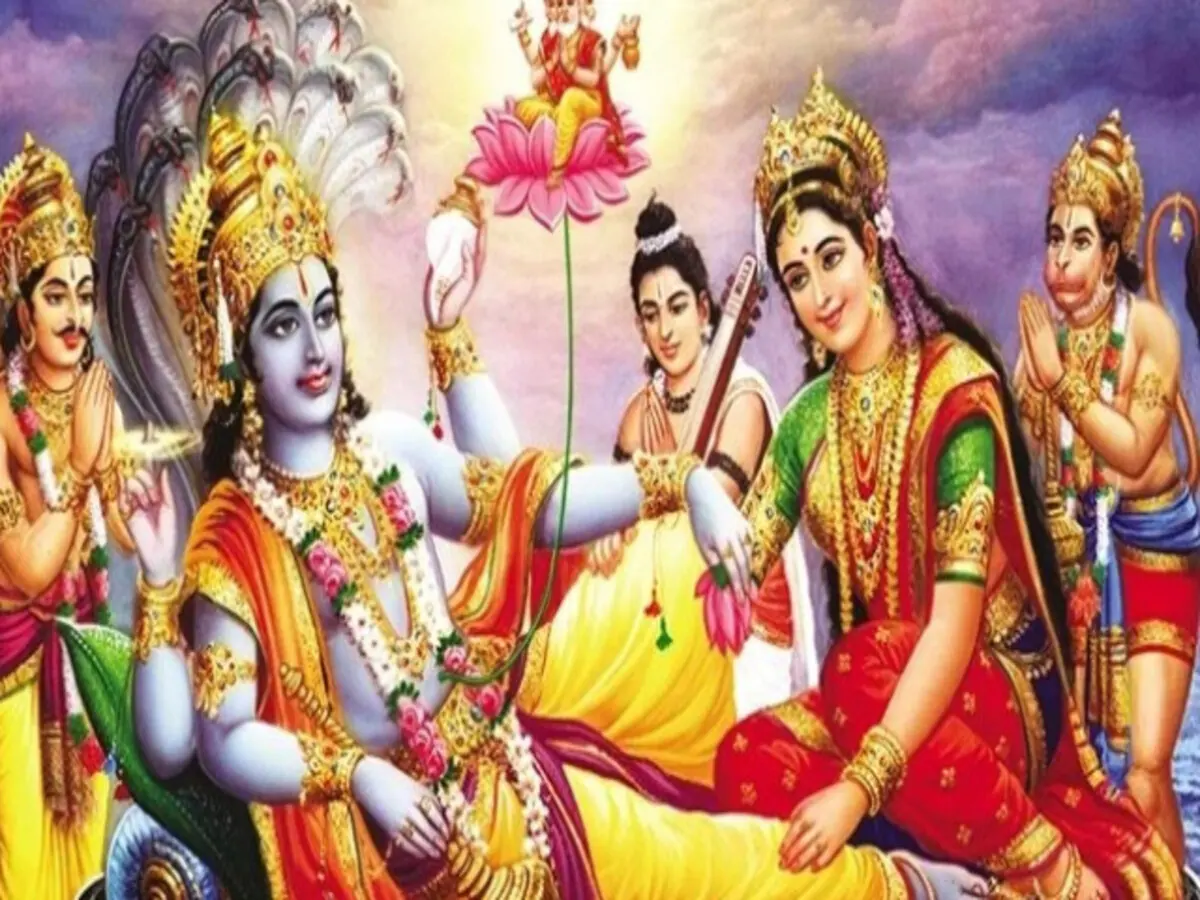 English
English

As India prepares to observe Dev Uthani Ekadashi (Prabodhini Ekadashi) on 1 November 2025, marking the end of Chaturmas and the resumption of auspicious life events, one questions, will the awakening of the divine spark new beginnings for all?

Dev Uthani Ekadashi 2025 will be observed on 1 November.
New Delhi: Dev Uthani Ekadashi, also known as Prabodhini or Devutthana Ekadashi, falls on the 11th lunar day (Ekadashi) of the bright fortnight in the Hindu month of Kartik. On this day, devotees believe that Lord Vishnu awakens from his cosmic four‑month sleep in the Kshira Sagar (milky ocean) and resumes his divine responsibilities. The conclusion of Chaturmas, the period during which many auspicious rites are traditionally avoided, signals the return of good fortune, renewed energy and the appropriate timing for new life events.
For 2025, the Ekadashi tithi begins at 09:11 a.m. on 1 November and ends at 07:31 a.m. on 2 November. The fast‑breaking time (Parana) is recommended between 01:11 p.m. and 03:23 p.m. on 2 November. For the Gauna Devutthana Ekadashi observed by some traditions, the Parana falls on 3 November in the early morning hours. This timing allows devotees across regions to mark the observance either on 1 November or 2 November, depending on tithi calculations and local customs.
On this day, early morning routines include a holy bath, dawn prayers, and worship of Lord Vishnu and the sacred Tulsi plant. Many households draw “Chowk” patterns, offer fruits, sweets and Tulsi leaves as prasad. Some devotees abstain from grains, pulses, onions and garlic; others observe a water‑less fast (nirjala) depending on capacity. Charity, cleaning of the home, and avoidance of gossip or negativity are also emphasised.
Dev Uthani Ekadashi 2025: Date, significance, puja muhurat and rituals explained
The end of Chaturmas means that after months of spiritual withdrawal and avoidance of major life events, auspicious activities resume. Weddings, housewarmings, mundan ceremonies and the like are now considered fitting. Many families view this day as the beginning of the festive season ahead. The ritual of Tulsi Vivah, the ceremonial marriage of the Tulsi plant (holy basil) to Vishnu (often represented by a Shaligram stone), usually follows soon after.
In modern life, Dev Uthani Ekadashi offers a moment of reflection: to shake off spiritual inertia, begin anew with intention, and imbue everyday decisions with sacred meaning. It invites individuals to realign with deeper values, service, purity and renewed purpose. In today’s India, facing regional divides, identity politics and the challenge of forging a modern, inclusive democracy, its message of “unity in diversity” holds relevance.
Nirjala Ekadashi 2025: Significance and Shubha Muhurat; Do’s and don’t
While the observance of 1 November 2025 marks a high‑point, the deeper test lies in sustaining the spirit of integration, national service and social harmony that defined the symbolism of the day. In embracing those ideals today, India not only honours a leader, it renews its own pledge to stay united, strong and inclusive.